A small college town in southern Pennsylvania is the home of the most famous, the most bloody, and the most decisive battle of the Civil War. It is also home to one of the most famous speeches in American history.
The town of Gettysburg has a population of less than 8,000. In July of 1863, more than six times that number became casualties of war. Fox Chapel Publishing is commemorating the epic battle with a 96-page book full of timelines, historic photos, and wonderfully written articles.
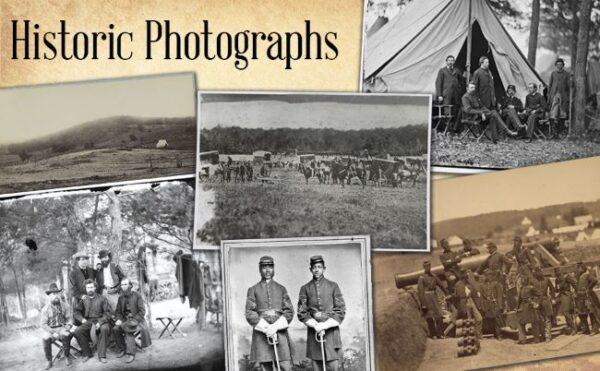
A Treasure for Civil War Enthusiasts
The book, titled “Gettysburg: Three Days That Saved the United States,” which will be available in May, is a great collection of in-depth pieces providing insight into not just the battle overall but also specific parts of the battle, including the actions of specific generals, the hospital wards created on location and during the battle, and the religious aspects of the men who fought.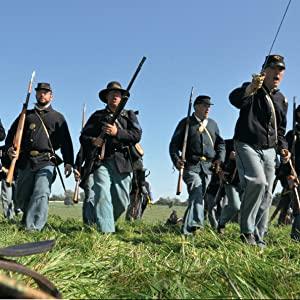
Confederate and Union Representation
The book provides an equal representation of both the North and the South. It may be one of the most fair works of modern creation. The work does not saddle up to any particular subject, such as slavery, Lincoln, Robert E. Lee, or even the preservation of the Union. So there does not appear to be any modern agenda tied to the articles, photos, or graphics. The only subject that plays a central role in every story is the location of the battle.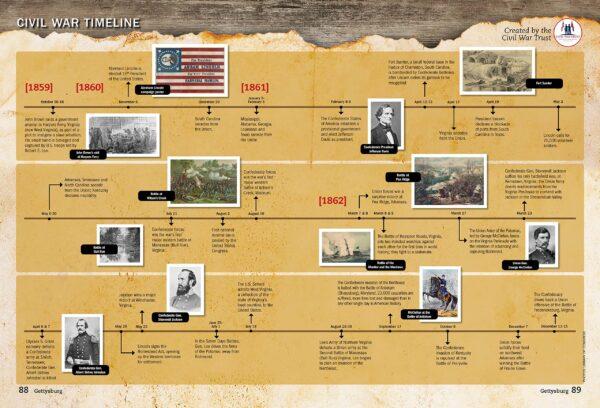
It is a nice reprieve from works that seem to reiterate that which we already know: The Civil War was an American tragedy and slavery was an evil. There are, however, articles that touch on slavery, as one would expect, and one, in particular, seen through the eyes of a free black, Alexander Newton. Newton’s perspective on the reasons for his involvement in the war and how one should view the enemy pulls strongly at the heartstrings. The article exemplifies a man whose spiritual and emotional stature is towering.
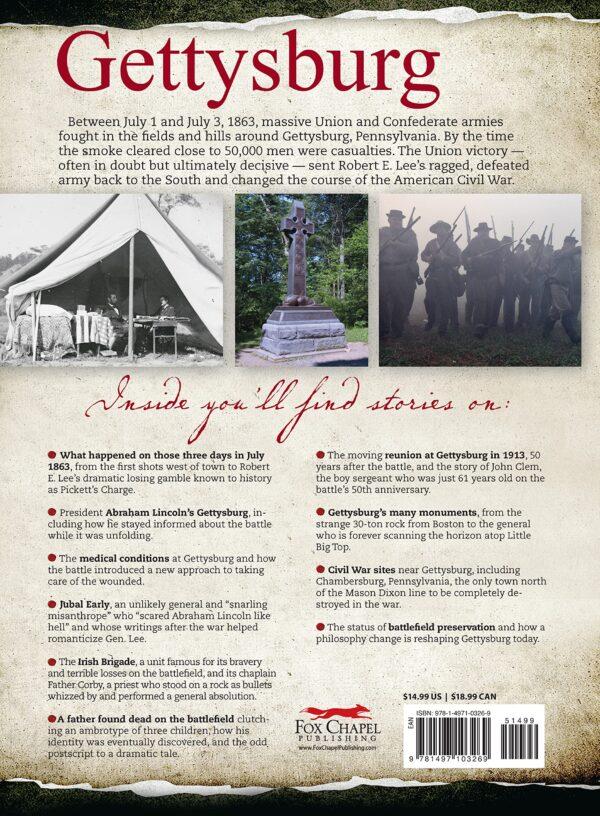
Other Towering Figures
Of course, Lincoln is written about in this collection. The Great Liberator, however, is written about through the eyes of Gettysburg more broadly, and his “Gettysburg Address” specifically. The article titled “Lincoln’s Gettysburg” addresses the search for the right man to lead the Union Army. The article discusses how Gen. George McClellan proved to not be that man, nor Ambrose Burnside or Joseph Hooker. The call to duty to lead the Union Army of the Potomac during the Battle of Gettysburg fell to Gen. George Gordon Meade, though noted in his unsent letter to Meade, Lincoln was frustrated with the general for not following up the Gettysburg victory to vanquish Lee and the Confederate Army. (The eventual selection of Ulysses S. Grant, who was in Vicksburg at the time, is mentioned.)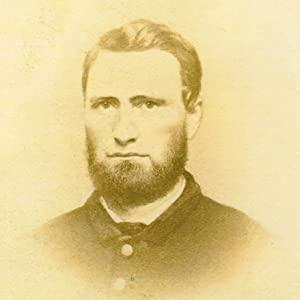
Among other figures discussed in the book is Confederate Gen. Jubal Early (a most interesting individual); Union Maj. Jonathan Letterman, surgeon director for the Army of the Potomac (a gritty and haunting article); and Reverend William Corby, the Irish Catholic clergyman. The story of Corby is especially moving in its “unusual event” of conducting absolution on the battlefield as soldiers prepared to enter the fight.
Remembering and Preserving Gettysburg
The book comes to a close with focus pieces on remembering the great battle and preserving the land on which the battle took place. One piece, “The Art of War,” is taken from perspectives of Civil War reenactors who dedicate themselves to not only reliving the moments of the Union and Confederate soldiers during the battle but also trying to honor those soldiers by replicating their personas.A Short Book Worth Owning
Not only is “Gettysburg: Three Days That Saved the United States” a beautiful collection of articles, graphics, and photos of artifacts, soldiers, and leading members of both sides, but it is also an important book to own. One aspect of the book that I think important is how it can be used for educational purposes for children and teenagers. This book would provide the information necessary for understanding the battle, its many moving parts, the great speech from Lincoln, and the importance of knowing about the battle and preserving its place in American history and American geography.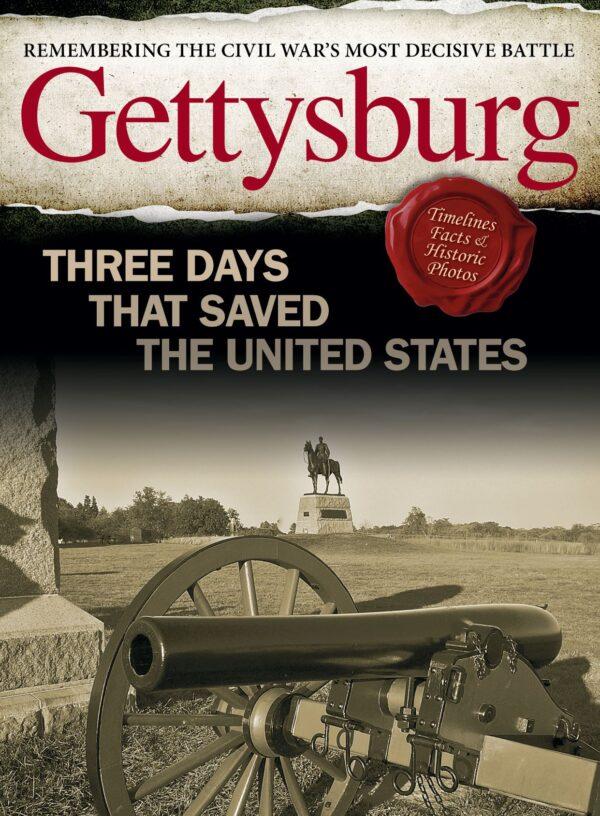
As its release is near the end of the school year, it may just prompt families to visit the home of arguably the country’s most important battle.

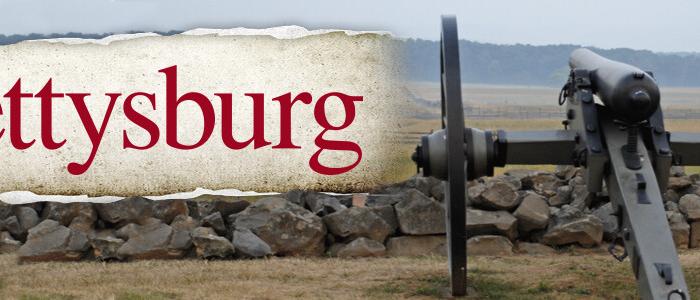

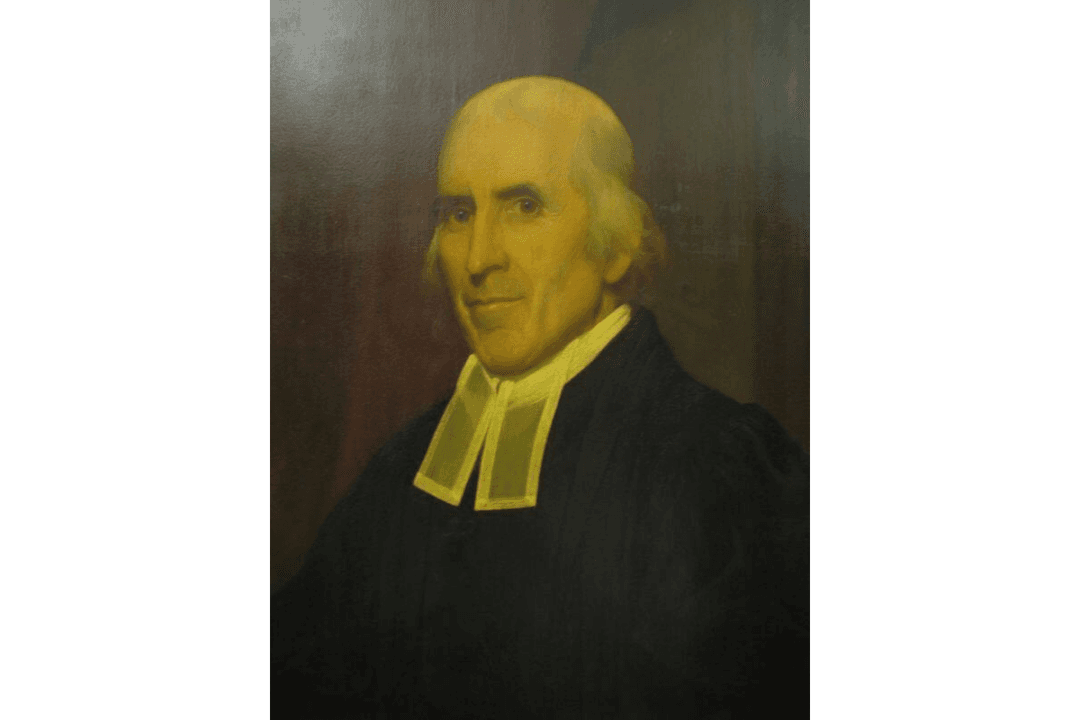
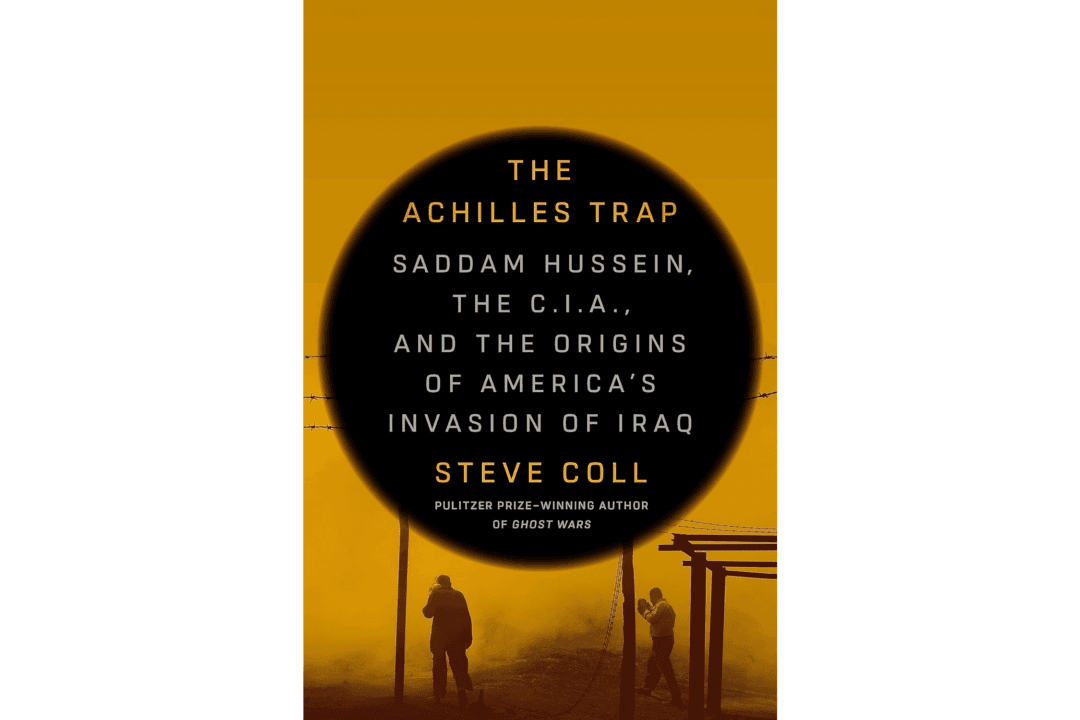
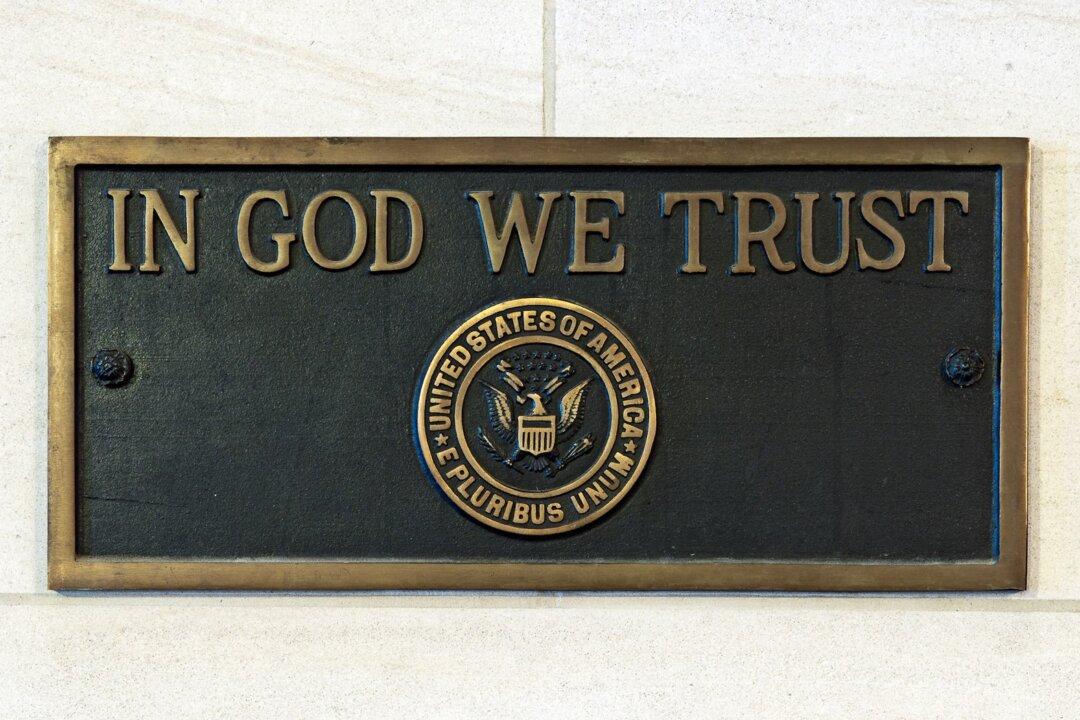
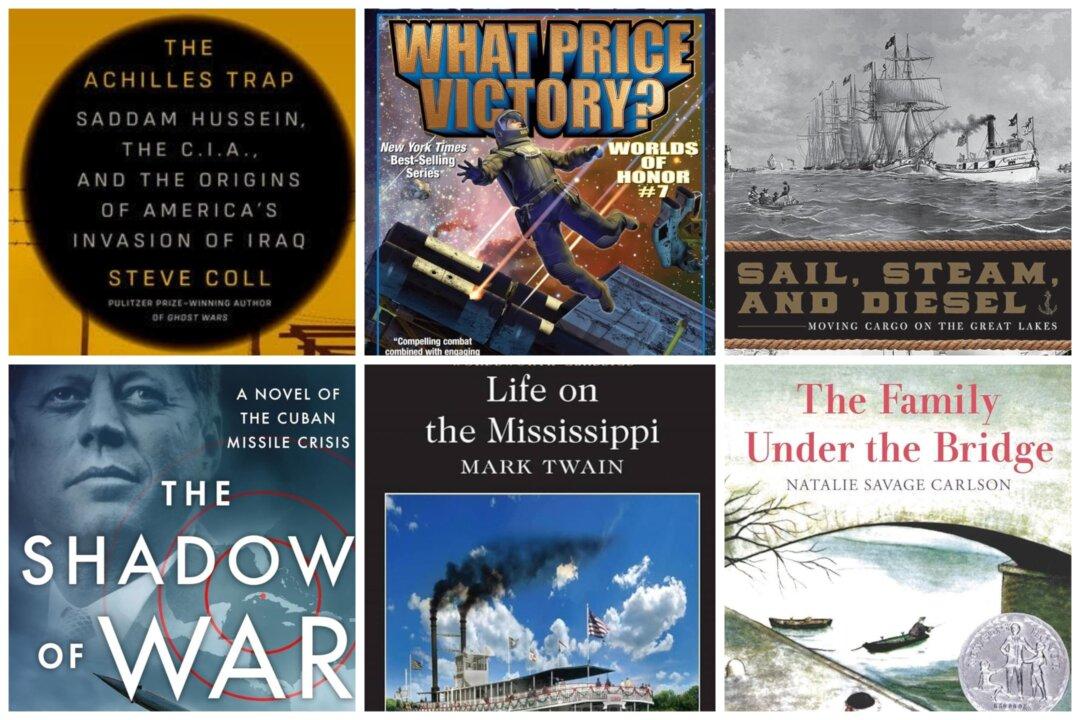
Friends Read Free